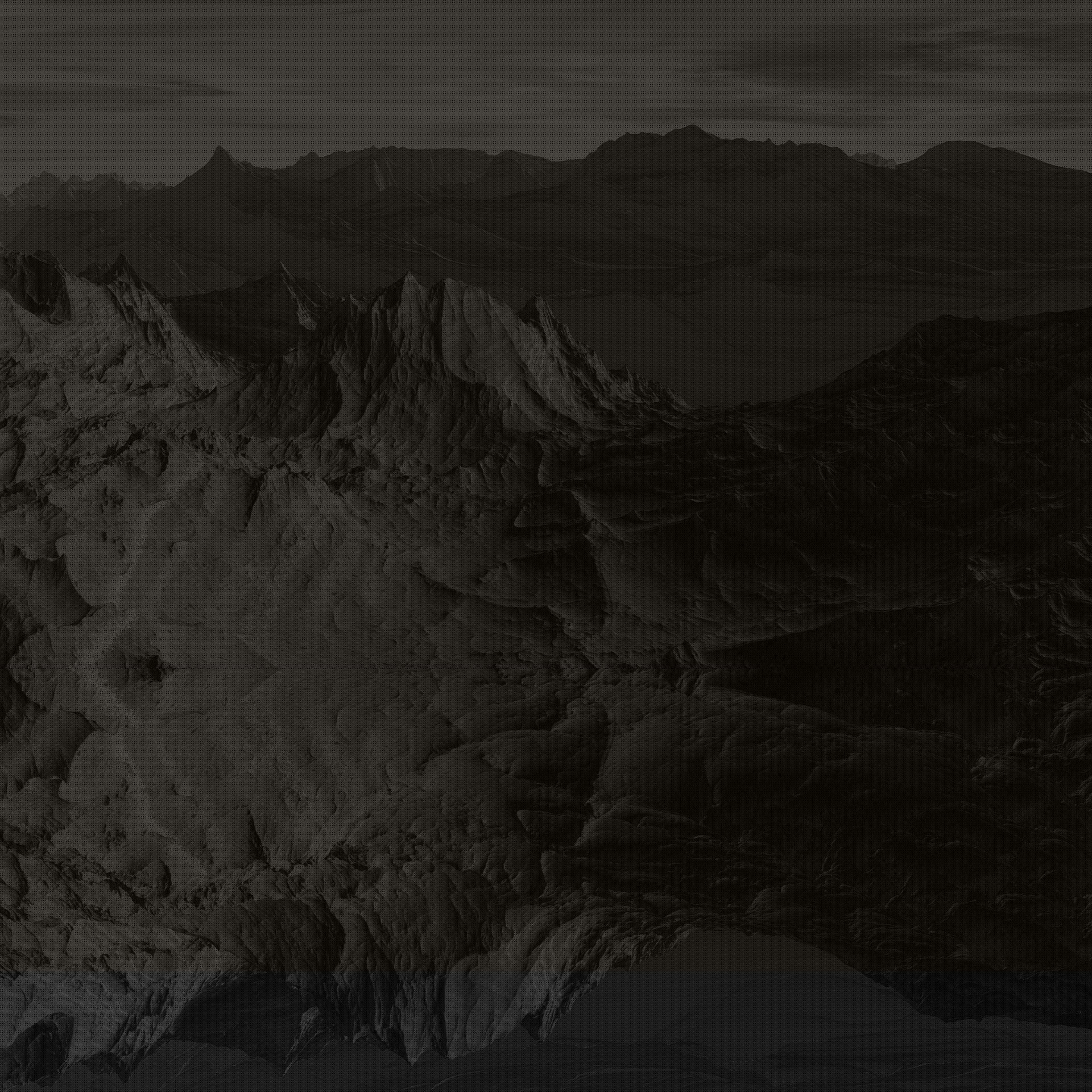top of page

Task 3
TASK 4
Straight cut - When the editor switches directly from one shot to the next shot. They are used in a practical capacity as a natural progression of a scene playing out. This is the basic cut.
Cross- cutting/Parallel editing- Cross cutting describes the video editing technique of switching back and forth between scenes which gives the impression that the action occurring in different locations is unfolding at the same moment.
Transition- A film transition is a technique used in the post-production process of film editing and video editing by which scenes or shots are combined. Most commonly this is through a normal cut to the next shot.
Quick cut- Fast cutting is a film editing technique which refers to several consecutive shots of a brief duration (e.g. 3 seconds or less). It can be used to quickly convey much information, or to imply either energy or chaos.
Long take- In filmmaking, a long take (also called a continuous take or continuous shot) is a shot with a duration much longer than the conventional editing pace either of the film itself or of films in general.
Elliptical editing- It makes the duration of an event shorter on screen than its duration in the narrative and in character development. This is used to compress the amount of time a visual text plays out.
Cutaway- A shot, usually a closeup of some detail, or landscape, that is used break up a matching action sequence, and is often very helpful in editing to rescue you from an impossible break in continuity or coverage.
Cut-ins- Cut-ins emphasize a particular part of a scene, offering a close-up or detailed view of a specific point-of-focus.
L-cut- An L cut is a variant of a split edit film editing technique in which the audio from preceding scene overlaps the picture from the following scene, so that the audio cuts after the picture, and continues playing over the beginning of the next scene.
J-cut- A J cut is a variant of a split edit film editing technique in which the audio from a following scene overlaps the picture from the preceding scene, so that the audio portion of the later scene starts playing before its picture as a lead-in to the visual cut.
Eye line match- Eyeline match is a film editing technique to indicate to the audience what a character is seeing.
Match on action-Matching Action occurs when you edit a sequence of shots of the same action in a logical order, i.e. cause and effect, which creates the illusion of one continuous action.
Shot/reverse shot- The shot/reverse shot is a film technique that involves two characters in the same scene who are filmed separately using different camera angles.
Reaction shot- In motion picture film production, cinematography and video production, a reaction shot is a shot which cuts away from the main scene in order to show the reaction of a character to it, a basic unit of film grammar.
Establishing shot- An establishing shot is the first shot in a scene that provides an overview of the setting. It is often shot from above as an aerial shot, offering a view from a distance that helps the audience orient themselves to and identify the time and/or location in which the scene is occurring.
30-degree rule- The 30-degree rule is a basic film editing guideline that states the camera should move at least 30 degrees relative to the subject between successive shots of the same subject.
180-degree rule- The 180 rule is a filmmaking technique that helps the audience keep track of where your characters are in a scene. When you have two people or two groups facing each other in the same shot, you have to establish a 180-degree angle, or a straight line, between them.
Jump cut- A jump cut is an editing technique that cuts between two sequential shots. In these shots, the camera position doesn't change (or only changes a small amount), but the subjects move, giving the appearance of jumping around frame.
Graphic match- A graphic match (as opposed to a graphic contrast or collision) occurs when the shapes, colours and/or overall movement of two shots match in composition, either within a scene or, especially, across a transition between two scenes.
Freeze frame- A freeze-frame from a film is an individual picture from it, produced by stopping the film or video tape at that point.
Slow motion- Slow motion (commonly abbreviated as slo-mo or slow-mo.) is an effect in film-making whereby time appears to be slowed down. Typically, this style is achieved when each film frame is captured at a rate much faster than it will be played back.
Split screen- Split screen is the combination of two or more scenes films separately which appear in the same frame. Religious art exploited the idea of multiple images for centuries.
Flash back/ flash forward- A flashbacks occurs when the writer decides to insert details from the past into a present narrative in order to provide necessary plot information or insight into a character's motivation. A flash forward, on the other hand, is when some event that has yet to happen in the present narrative time intrudes.
TASK 5
Task 6
CONTINUITY EXPERIMENT
Shooting script
Script writing



Story board
Continuity video
PORTFOLIO
Non continuty
Shooting scripts
VIDEO LOG SHEET
SCRIPT
STORYBOARD



NON-CONTINUITY
Video
EVALUATION
LEARNING AIM C
VIDEO LOG SHEET
NARRATIVE BREAKDOWN
SHOOTING SCRIPT
SCRIPT WRITING
STORY BOARD
FINAL EVALUATION
bottom of page









